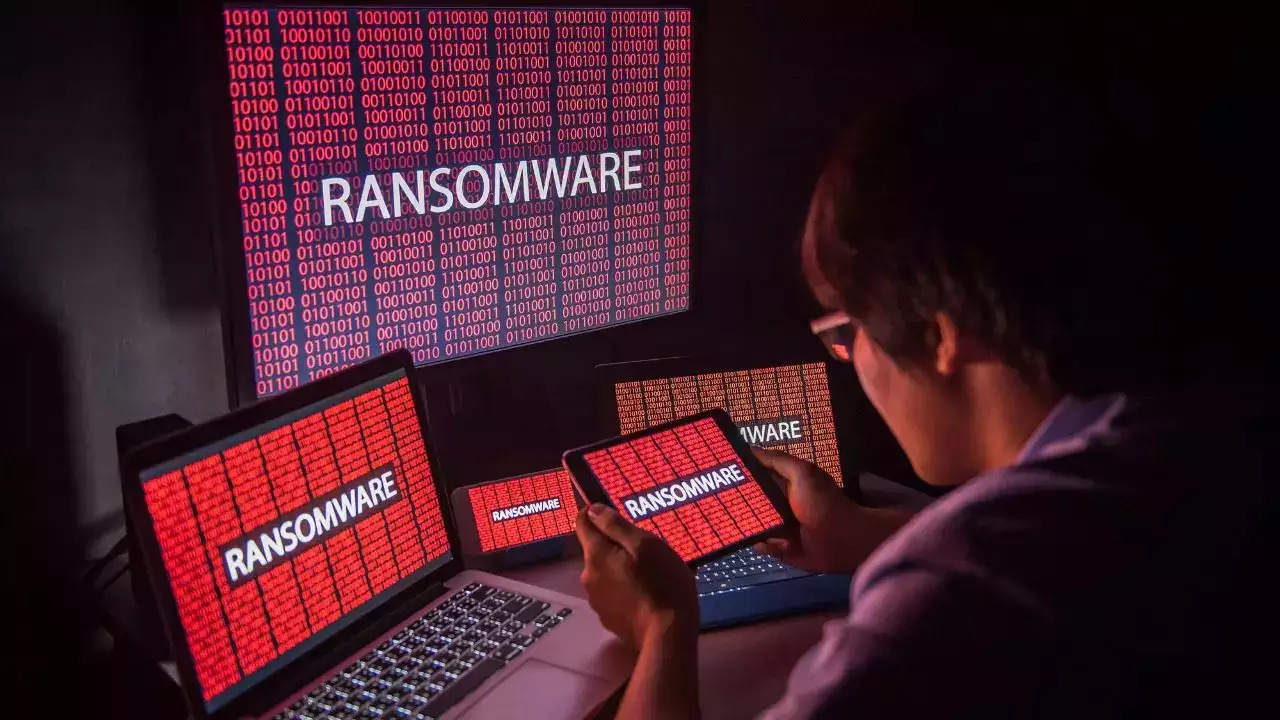Rise of Ransomware: Strategies for Prevention and Recovery
Decoding Ransomware Threats: Building Resilience in the Face of Digital Extortion.
The ubiquity of technology in our daily lives has ushered in a new era of convenience but has also given rise to a formidable adversary – ransomware. This article delves into the escalating threat of ransomware, exploring the intricacies of its methods and, more importantly, offering a comprehensive guide to effective strategies for both preventing and recovering from these malicious cyber attacks.

1. Understanding Ransomware
- The inception and evolution of ransomware, examining its malicious tactics, encryption mechanisms, and the ever-evolving strategies employed by cybercriminals to infiltrate systems and compromise data integrity.
2. Preventive Measures
- In the battle against ransomware, a robust defense hinges on three key elements: user education to thwart phishing, implementation of strong endpoint security, and meticulous backup strategies, collectively forming a resilient defense against evolving threats.
3. Advanced Threat Detection
- The deployment of sophisticated threat detection technologies, such as behavior-based analysis and machine learning, to identify ransomware patterns and anomalies in real-time.
4. Network Segmentation
- Implementation of network segmentation as a proactive measure to contain the spread of ransomware within an organization, preventing lateral movement and limiting the potential impact of an attack.
5. Incident Response Planning
- The development and regular testing of incident response plans, ensuring a swift and coordinated response to ransomware incidents, thereby minimizing downtime and data loss.
6. Collaboration and Information Sharing
- Encouraging collaboration among organizations to share threat intelligence, fostering a collective defense against evolving ransomware tactics and vulnerabilities.
7. Negotiation and Payment Considerations
- The ethical and legal implications surrounding ransom payment, exploring alternative strategies, and understanding the potential consequences of engaging with ransomware operators.
8. Recovery Strategies
- After a ransomware incident, recovery is vital. This includes efficiently restoring encrypted data from backups while ensuring data integrity. A thorough post-incident analysis is crucial for understanding root causes, extracting lessons, and identifying areas for cybersecurity improvement. Strengthening security post-incident involves prompt patching of vulnerabilities, updating security policies, and fortifying defenses based on incident insights. These actions create a comprehensive strategy for recovery and future threat mitigation.
In Conclusion
In the face of the escalating ransomware threat, a proactive and multi-faceted approach is imperative. By implementing robust preventive measures, adopting advanced threat detection technologies, and formulating comprehensive recovery strategies, individuals and organizations can fortify their resilience against ransomware attacks in the ever-evolving digital landscape. As we navigate the complexities of cyberspace, the pursuit of cybersecurity becomes not just a necessity but a collective responsibility.







